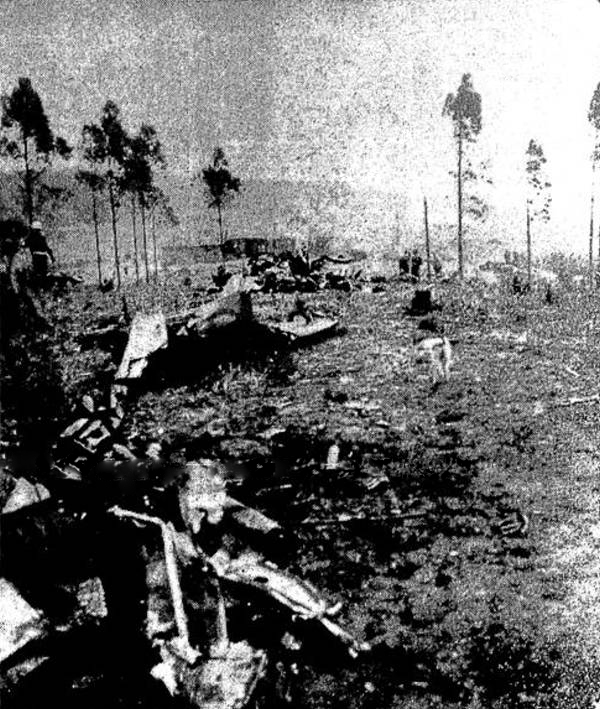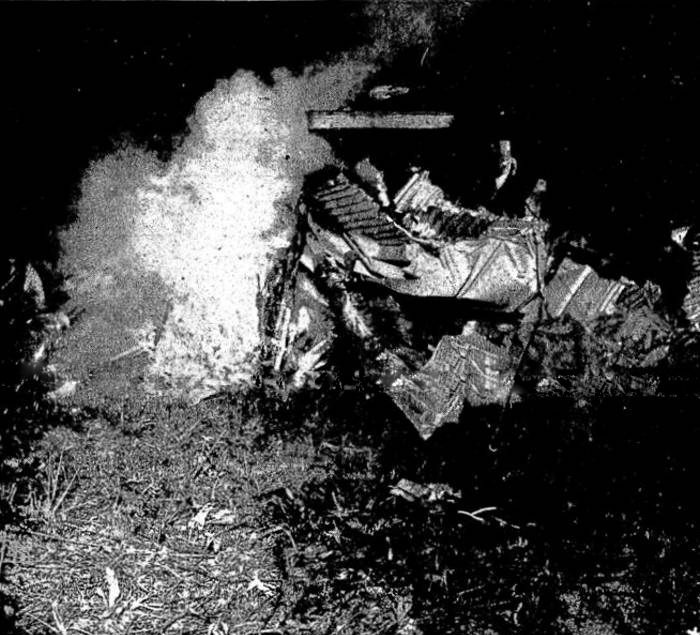Crash of a Douglas C-53D-DO off Ilha Rasa: 2 killed
Date & Time:
Nov 22, 1959 at 1900 LT
Registration:
PP-NAZ
Survivors:
No
Schedule:
Rio de Janeiro - Rio de Janeiro
MSN:
7387
YOM:
1942
Crew on board:
2
Crew fatalities:
Pax on board:
0
Pax fatalities:
Other fatalities:
Total fatalities:
2
Circumstances:
Shortly after a night takeoff from Rio de Janeiro-Santos Dumont Airport, while climbing, the airplane went out of control and crashed into the sea about 16 km off Ilha Rasa, south of Rio de Janeiro. Few debris were found floating on water few hours after the crash. The main wreckage and both pilots pilots bodies were found later on. The crew was completing a pilot proficiency check flight.







